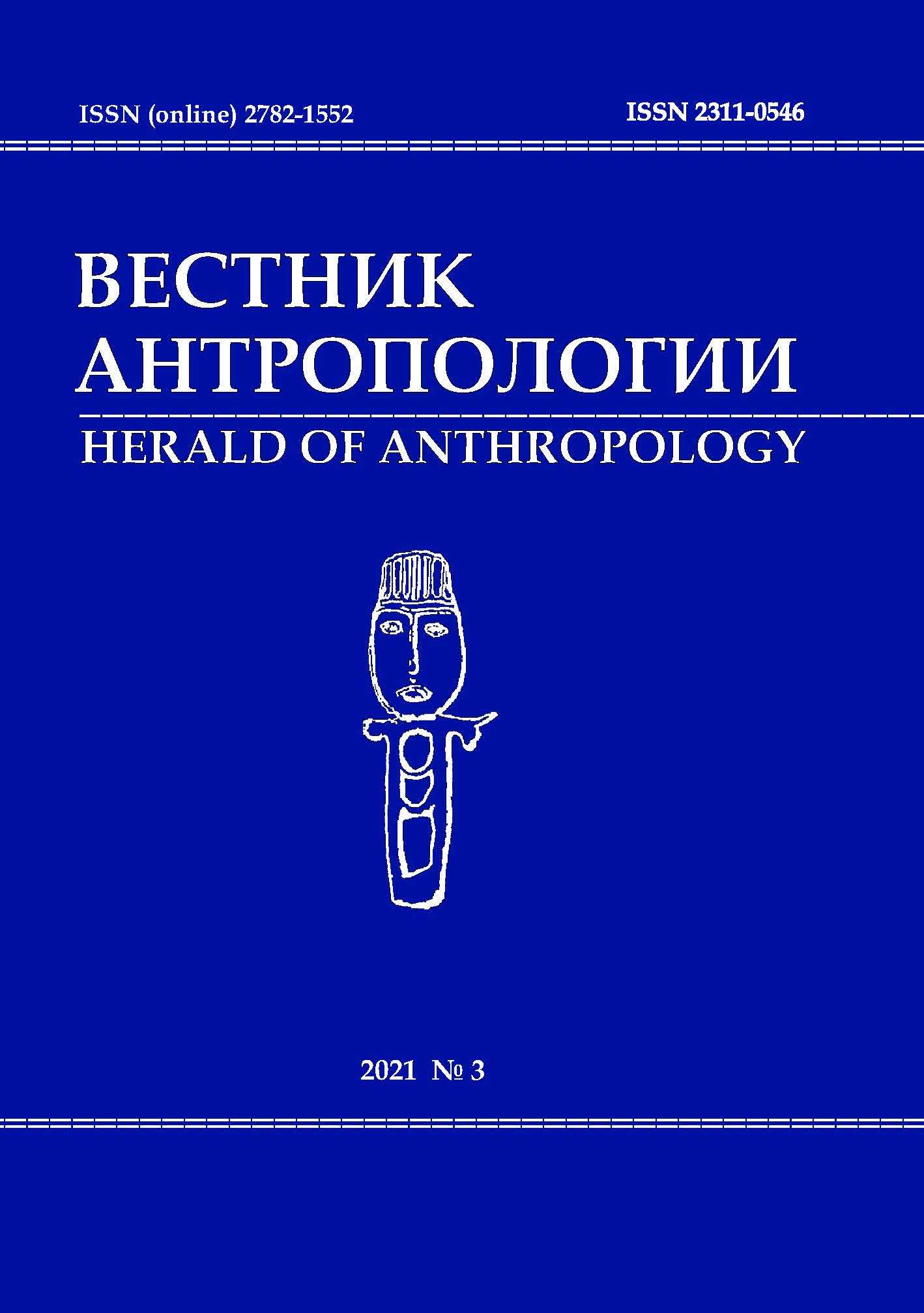VISUAL ANTHROPOLOGY FOR INTERCULCURAL COMMUNICATION: SOUTH KOREAN ETHNOGRAPHIC FILMS ABOUT THE NENETS
DOI: 10.33876/2311-0546/2021-3/105-124
Keywords:
визуальная антропология, этнографический фильм, ненцы, коми, корейцы, культурный почтальон, межкультурная коммуникацияAbstract
International cooperation and globalization, the development of high-speed Internet and social media have opened new possibilities for intercultural communication. In this article, the author intends to discuss intercultural contact between Koreans and Nenets through visual anthropological methods. This article is based on the author’s experience, who participated in ethnological research and documentary imaging in the Nenets, Yamal Nenets Autonomous Districts, and the Komi Republic from 2009 to 2019. There are various forms of social ties between Korean filmmakers and reindeer herders. The form and content of intercultural communication in places with no Internet connection are to be considered through the concept of a "cultural mailmen" – scientists, filmmakers, or mass media. We observe the reaction of Korean viewers in the SBS channel's film "The Last Tundra" (2010). The themes of Korean films about the Nenets are focused on their life, education systems, and cuisine of reindeer nomadic. The Korean mass media are one of the most powerful channels developing the interrelationship between the Nenets and the Koreans. It plays an important role in expanding ethnic and cultural contacts between them and popularizing ethnological and anthropological knowledge, especially for the younger generation interested in the new media.
For Citation: Park, J.G. 2021. Visual Anthropology for Interculcural Communication: South Korean Ethnographic Films About the Nenets. Herald of Anthropology (Vestnik Antropologii) 3: 105–124.





















